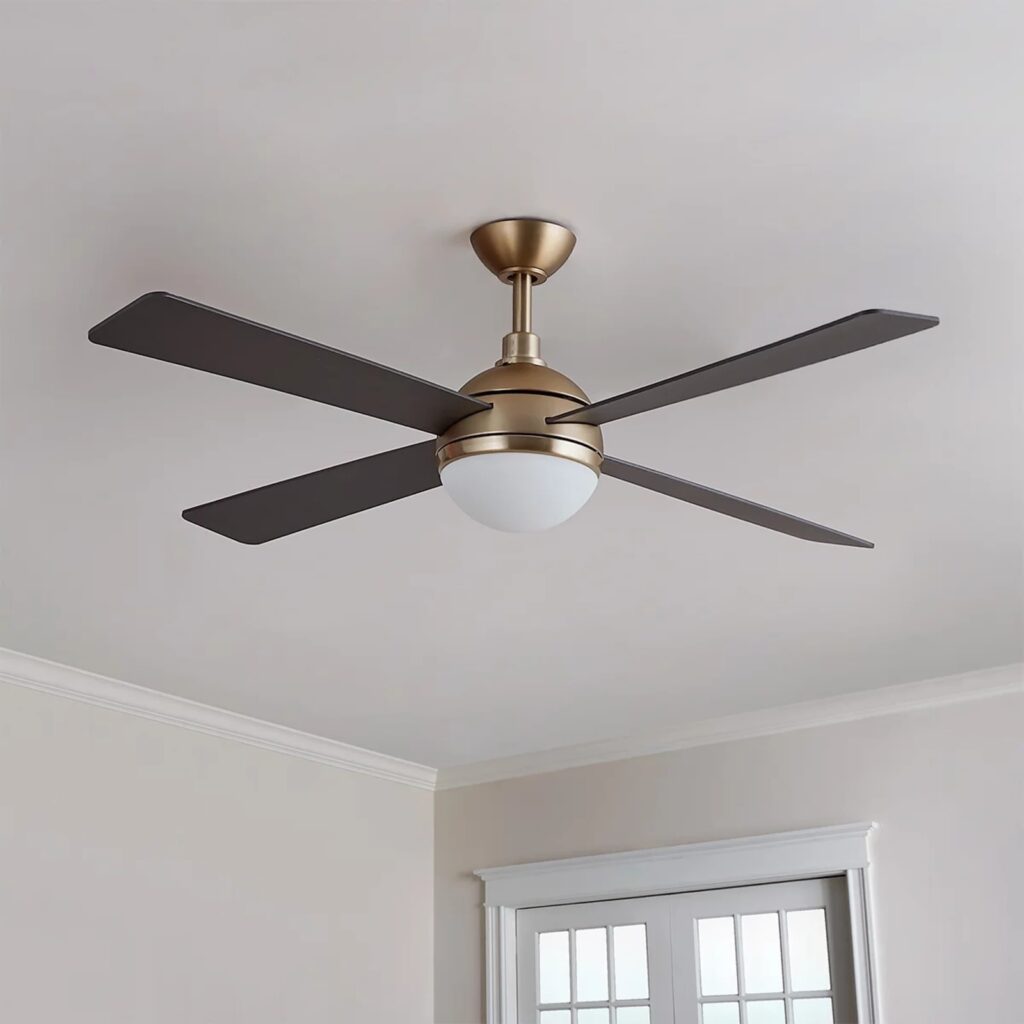- Smart Watch Payments and Digital Wallets in the Philippines - June 8, 2023
- Front-Load vs. Top-Load Washing Machines - May 25, 2023
- Pros And Cons Of Wireless Charging Power Banks - May 10, 2023
Last Updated on
Ceiling fans are the perfect way to cool down your home in the hot summer months and keep warm during the cold winter ones. But did you know that the direction of your fan can actually have an impact on energy efficiency, air circulation, and even comfort? If you’re wondering what should be the direction of a ceiling fan spin – read on to find out!
Advantages of Ceiling Fans:
Everyone wants to save money on energy costs while staying comfortable in their home. Installing a ceiling fan is one of the best ways to do this as it helps circulate air, which will make you feel up to 8 degrees cooler in summer and warmer in winter if used correctly. Other benefits include improved air quality and health by reducing humidity and removing dust particles, less need for air conditioning, better circulation of warmth from a heater in winter, and reduced noise pollution.
Ceiling Fan Direction in Summer:
During the summer months, you should set your ceiling fan to rotate counterclockwise at a low speed, which is what most ceiling fans are in default. This will create a “wind chill” effect that makes it feel cooler as air is moving around the room quickly. The fan should be pointed downward so that the blades are pushing cool air down toward you, creating what is known as a “downdraft” which will help cool the room even further.
Ceiling Fan Direction in Cold Months:
When temperatures start to dip, switch your ceiling fan to spin clockwise at a low speed. By doing this it will create an “updraft” which helps move the warm air that rises to the ceiling back down into the room, thus making the space feel warmer. The fan should still be pointed downwards but at a much slower pace to help circulate and evenly distribute the warm air throughout the room.
Ceiling Fan Direction in Specific Rooms:
Although most rooms can use either direction for cooling or heating, there are some specific areas of your home where only one direction is recommended. For example, bathrooms often need more ventilation, so you should use counterclockwise rotation to draw moisture out of the room quickly. Kitchens also require good airflow as cooking can generate hot air; therefore, the clockwise rotation should be used to help circulate the warmer air throughout the room.
How to change the ceiling fan direction:
Depending on your fan type, there are several ways to change the direction of your fan.
Switching Direction for Pull Chain Fans:
If you have a pull chain ceiling fan it is fairly simple to switch directions. All you have to do is locate and flip the small switch located near where the chains connect to the motor housing. This will cause your fan blades to start spinning in either a clockwise or counterclockwise direction depending on which way you flipped it.
Switching Direction for Ceiling Fans with Remotes:
To switch directions if your fan has a remote, you will need to press the “reverse” button located on the remote itself. This will cause your fan blades to start spinning in either a clockwise or counterclockwise direction depending on which way you pressed it.
Switching Direction on Smart Home Ceiling Fans:
If your fan is connected to your home’s network, then all you have to do is open up the app on your smartphone and navigate to Settings > Ceiling Fan Direction. From here, you can select which direction you would like your fan to spin in and it will update automatically.
Conclusion
Now that you know what direction should a ceiling fan spin for summer and cold months as well as specific rooms, it’s time to get those fans spinning! Be sure to check your fan type and the directions above before making any changes. With a few simple steps, you can set your ceiling fan for maximum efficiency and comfort all year round.

